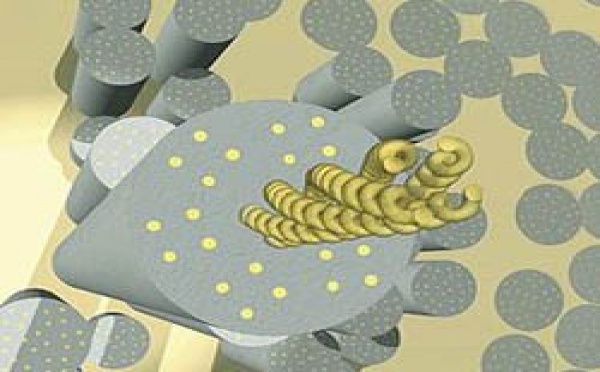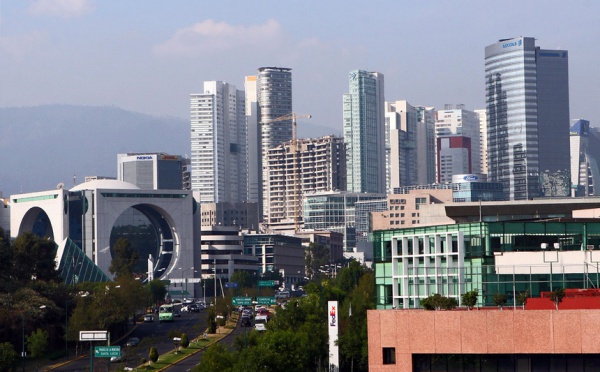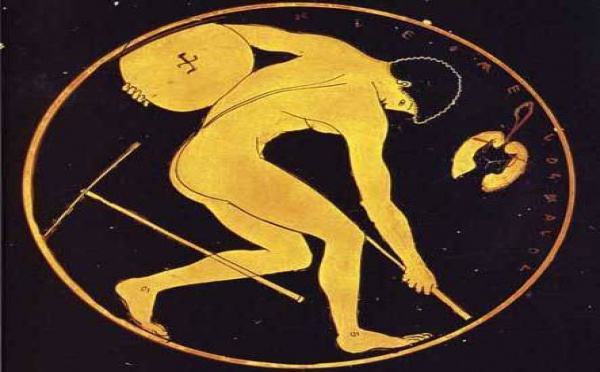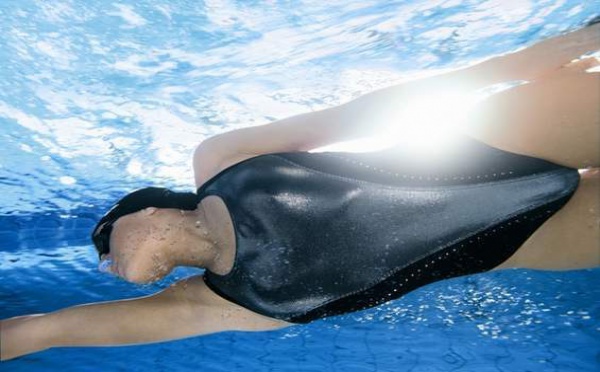Geographical and economical situation
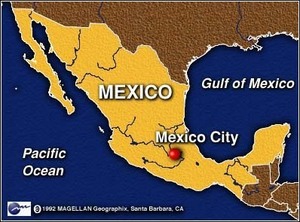
Mexico - Mexico city
Mexico city is one of the towns most populated of the Earth with more than 22 millions inhabitants. It is the capital of Mexico and it is located on a 2,250 metres plateau, at the centre of the country. To distinguish the capital of the country, Mexico is appointed as D.F. in Spanish the abbreviation of Distrito Federal: Federal District. Mexico corresponds to a temperate climate of altitude. Whereas the town is located in an intertropical zone, temperatures are moderate by the effects of altitude. Winter is dry, spring is the warm season and rains season is summer. Mexico is confronted to grave problems of atmospheric pollution linked to its situation in basin, to its inhabitants number, to factories and transports.
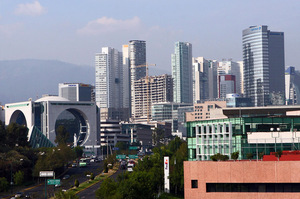
Mexico- Mexico city
The other important problem of Mexico is its water supplying. Concerning economy, Mexico helps companies to invert in the capital, in particular with microcredit helps; the promotion of businesswoman was equally realized. Mexico focuses on the fact that food must remain at low price to feed population and markets contribute to this balance. Mexico is the heart of economical dynamism of the country. The aim of the government is to favour creation and stabilization of small and medium-sized companies in the capital to employ more staff and to increase economical activity. Numerous helps programs to companies creation are established by the government. Let’s interest now to Mexico history.
Mexico: the antique Tenochtitlan
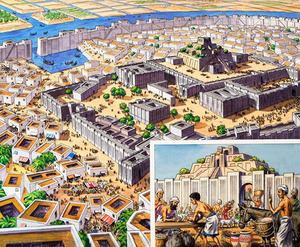
Precolombian town of Tenochtitlan
The precolombian town of Tenochtitlan was build by Mexicas (an Aztec population) in 1325. That town was destroyed by Spanish conquerors at the beginning of the XVI century. It was formed by numerous canalizations and temples and schools, a religious centre. The conqueror, Hernán Cortés, had marked the town in 1519 but that one was conquered only in 1521 after numerous massacres. The town was rebuilt by Indian labour directed by Spanish conquerors. In 1821, Mexico takes its independence. Mexican revolution dates from 1910 and it is followed by a civil war. It takes place under the presidency of Porfirio Díaz and see and elevate voices such as
that of Madero or Emiliano Zapata who want to recuperate grounds for farmers.
that of Madero or Emiliano Zapata who want to recuperate grounds for farmers.
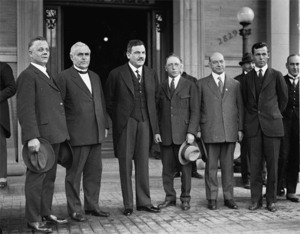
General Calles: 31 October 1924
In fact, after an economical crisis, small rural proprietors had lost their grounds and certain were confiscated in particular those of Church. During the continuation of XX century, the country has been governed for seventy years by the PRI, the institutional revolutionary party founded by general Calles in 1929. That party, which governed at the left wing, loses elections on 2 July 2000 to make win a candidate of the PAN (National Action Party): Vicente Fox Quesada. The country is still governed by the PAN with at its head a catholic president: Felipe Calderón Hinojosa, who is elected until 2012. After history, place to vestiges of that one, to monuments and to tourism.
Tourism at Mexico and why visiting Mexico?
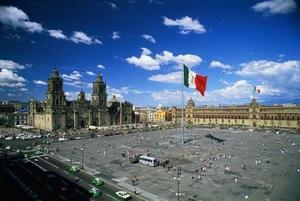
Zocalo, place of the Constitution
Zocalo or Constitution place constitutes the historical heart of the town. This square had already been the centre of the town of Tenochtitlan where was located the temple of Teocalli. The National Palace of Palace of the President is located on the Zocalo and it is built on the place of the antique palace and emperor Moctezuma II. The Palace of the President contains paintings relating the history of Mexico of Diego Rivera. The National Anthropology Museum accommodates archaeological treasures in particular the Aztec calendar and Maya paintings. We can also visit Frida Kalho’s home transformed in museum where there are sublime works, her self-portraits. Notre Dame de Guadalupe is the second catholic monument most visited in the world (after San Peter in Roma). Tlatelolco is the district where is located the three cultures place (precolombian, neo-colonial and modern)
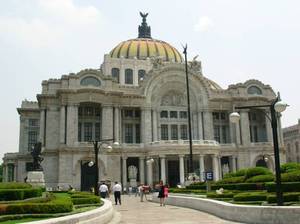
Mexico, Palace of Fine Arts
It was equally the place where occurred the massacre in 1968 (the second massacre of Tlatelolco remembering the massacre in 1521 because it was the last place of Aztec resistance). We can see too the Palace of Fine Arts almost entirely built in the XX century in marble of Carrare. The interior and the exterior differ in style because the palace saw its construction lasting thirty years: the outside owns new art aspect under the influence of the main Italian architect Adamo Boari whereas the inner is in Deco Art realized by Federico Mariscal. Other numerous museums or monuments are waiting for you as for example the museum of Diego Rivera. Do not hesitate, go!




